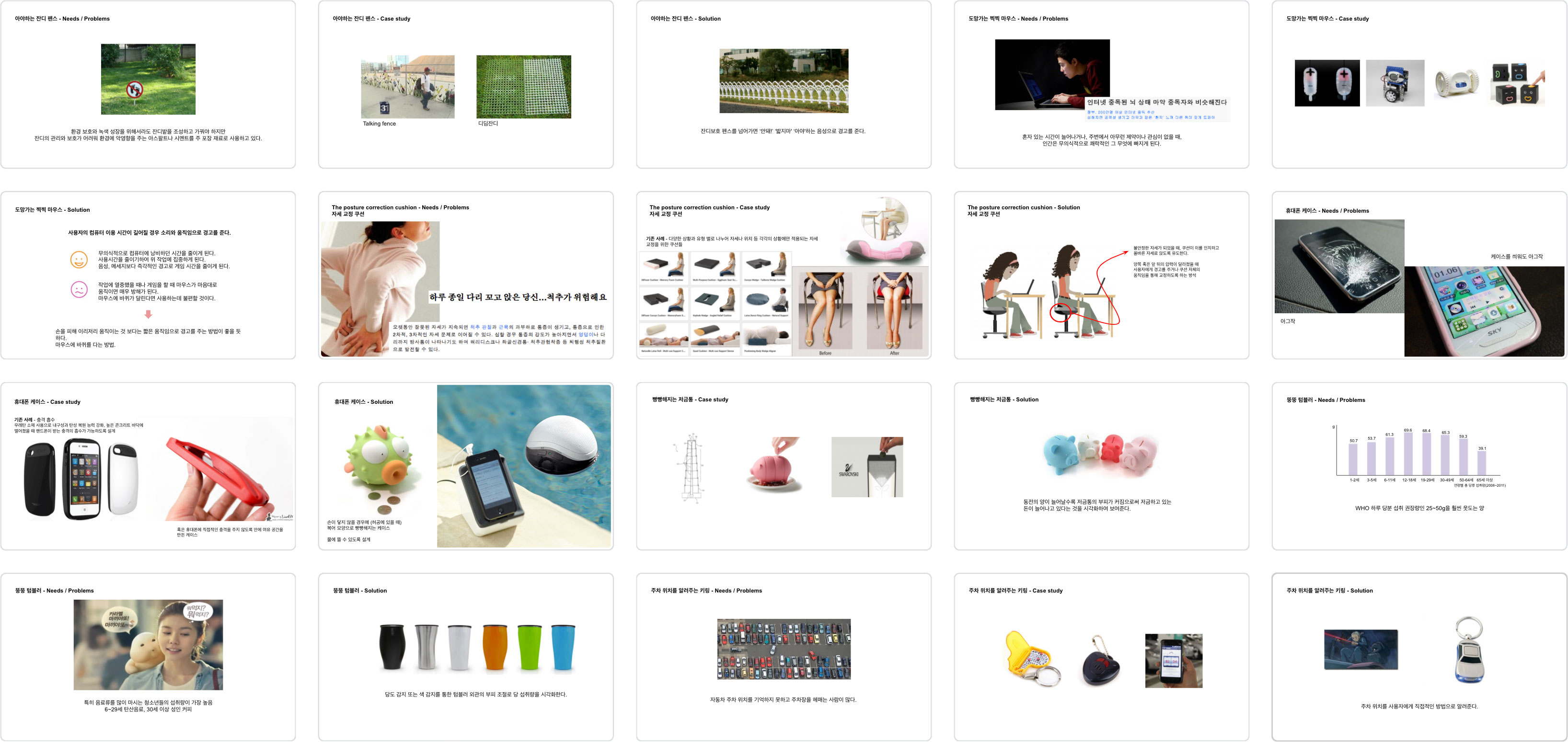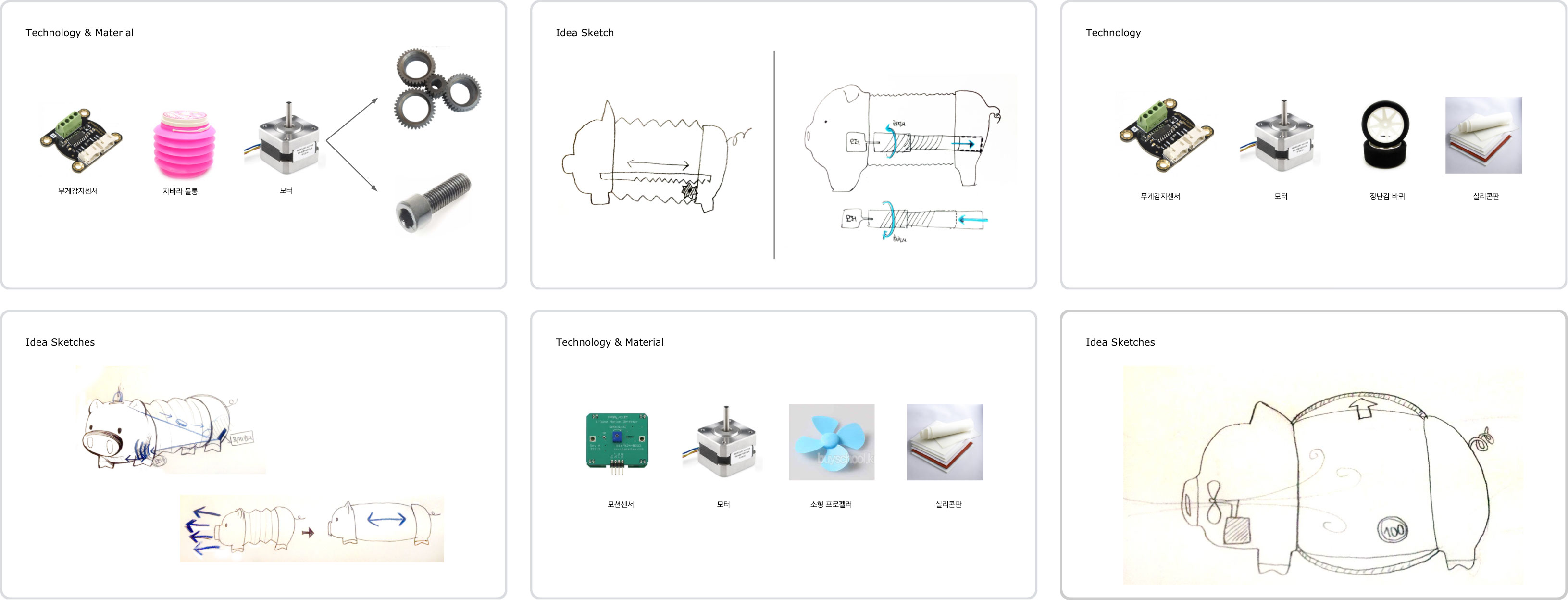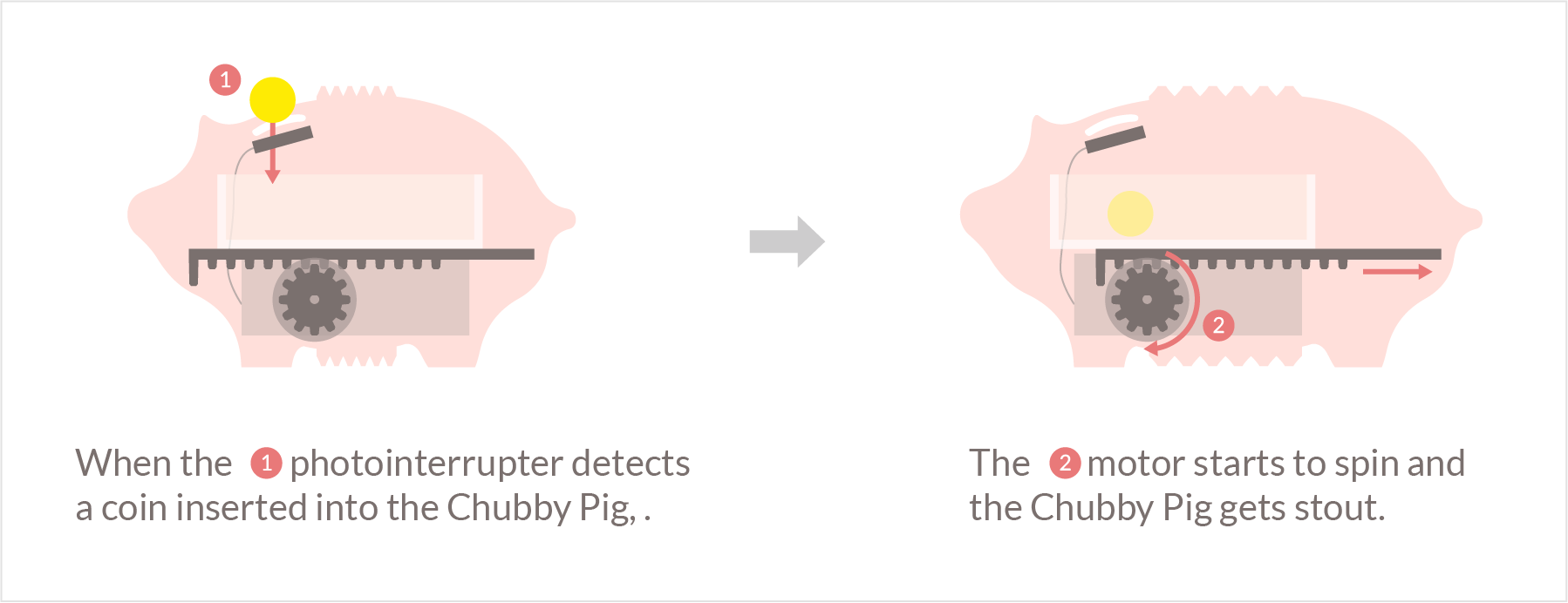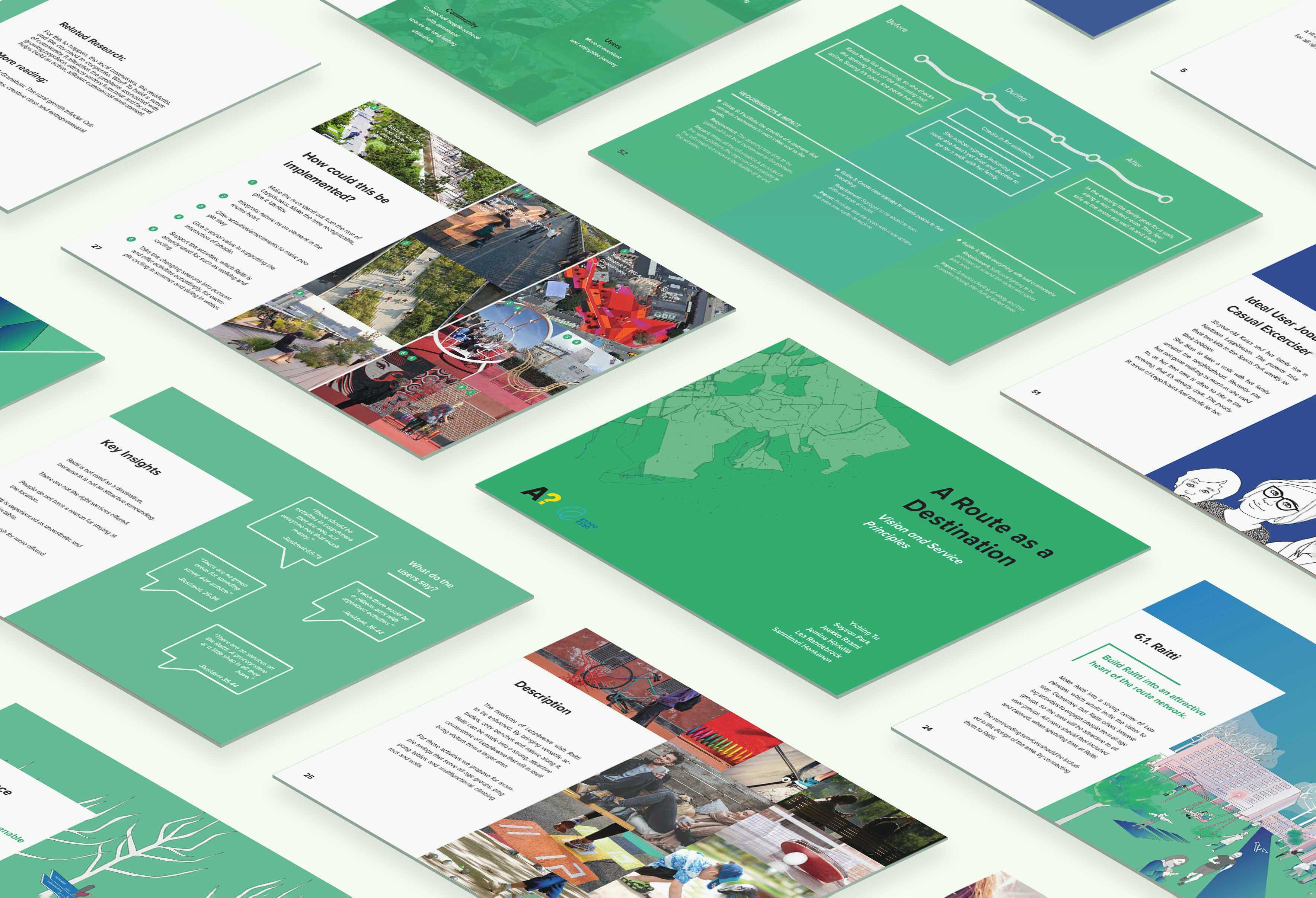Chubby Pig Designing interaction to encourage coin saving
Overview
Inspired by the Fun theory campaign by Volkswagen, we proposed a smart coin bank 'Chubby pig', aiming to encourage coin saving by showing pleasurable reactions. The behavior of saving a coin in a coin bank was likened to that of feeding pigs so that the coin bank gets fat when the user feeds it with coins. To evaluate the concept, A/B testing comparing the Chubby Pig with the original piggy bank was performed. The test result showed that the research participants were more willing to save coins in the Chubby Pig.
Demo video (English subtitles available)
-
Date :
Mar - Jun, Sep - Dec 2014
-
Context :
Course Project (Ewha W. Univ.)
-
Team :
Soyeon Park, Daun Jeong, Hyunji Seo
-
Role :
Concept development, physical prototyping (coding & circuit design), quantitative analysis
-
Publication :
Lee, H., Namkoung, Y., Kim, J., Lee, S., Jeong, D., Seo, H., Park, S., Lee, K., Yang, S., Choi, J., Kim, Y., Choi, J., & Kwak, S, S. (2015) Intelligent Product Design. In Proceedings of the Tenth Annual ACM/IEEE International Conference on Human- Robot Interaction Extended Abstracts. Association for Computing Machinery, New York, NY, USA, 301. DOI:https://doi.org/10.1145/2701973.2702694
INTRODUCTION
Approach
The Fun Theory campaign is an advertising campaign launched by Volkswagen Sweden and DDB Stockholm in 2009, dedicated to the thought that something as simple as fun is the easiest way to change people’s behavior for the better. Inspired by the Fun Theory campaign, we aimed to design an intelligent product that can change people’s behavior in a positive way with something fun.
Process

DESIGN
Ideation
We began the design process with multiple rounds of brainstorming sessions. First, we made a list of behaviors and habits that people often want to improve or change. Then, we generated ideas on how we could change those behaviors and habits based on the Fun Theory.

Ideas generated during the brainstorming session
We decided to develop the fattening coin bank idea further, reflecting feedback from teachers and classmates. In order to come up with ways to implement the idea, we searched for the equipment that may fatten the piggy bank when the user inserts a coin and drew multiple idea sketches to map out the structure of the new piggy bank.

Idea sketches and parts to be used
PROTOTYPE
Functional Prototyping
We built a functional prototype with Arduino, a photo interruptor, and a motor to see the look and feel of the product and test the concept.

How the Chubby Pig works

Building a prototype (left) based on the arrangement plan (right)
EVALUATE
A/B testing: evaluating the concept
To evaluate the new concept, our team conducted A/B testing with people recruited by convenience sampling (N = 23). In the test, the participants watched 2 video clips. Each video clip showed the researcher putting a coin into different piggy banks. The order of videos shown to the participants was adjusted in return to avoid the order bias. After each video, the participants measured their willingness to save coins by using a seven-point Likert scale.
Ordinary piggy bank (A) vs. Smart piggy bank (B)
Quantitative analysis: analyzing the evaluation results
The quantitative research data were statistically analyzed using SPSS. A Wilcoxon Signed-rank test was performed to compare the user's willingness to save coins for each product. Table below indicates that the participants were more willing to save coins in the smart piggy bank (Mdn = 5) than in the ordinary piggy bank (Mdn = 3) , Z = -3.51, p < 0.001, r = -0.73.
| Ordinary piggy bank | Smart piggy bank | n | Z | p | r | |||
|---|---|---|---|---|---|---|---|---|
| M | SD | M | SD | |||||
| Willingness to save coins | 3.30 | 1.185 | 5.22 | 1.085 | 23 | -3.509a | <0.001* | -0.7316771 |
Table : Results of Wilcoxon Signed-rank test comparing participants' willingness to save coins
